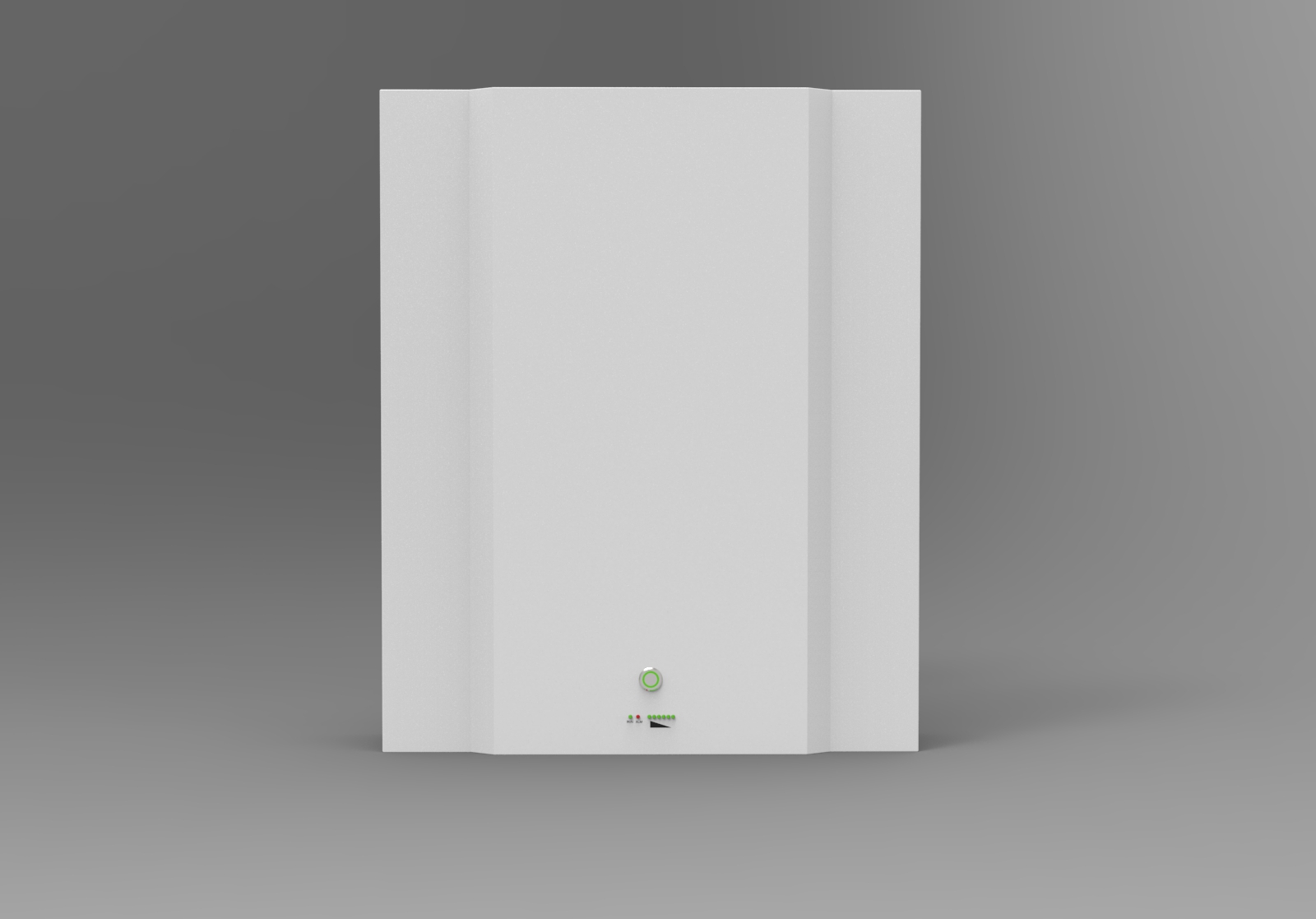Powering Up: How To Optimize Your Lifepo4 Battery Performance

The power to control your life lies in the palm of your hand - or, more accurately, within the walls of a LiFePO4 battery. Achieving optimal performance from these energy storage units can be tricky, but it doesn't have to be impossible. With an understanding of how they work and some simple steps for optimizing their use, you'll soon find yourself masterful at managing one of the most important elements of your daily routine.
As a professional in the field of battery performance engineering, I'm often asked by individuals just starting out how they can optimize their LiFePO4 batteries. It's no surprise that people are keenly aware of their importance; after all, with proper maintenance and usage even minor changes in efficiency can drastically increase the lifespan and reliability of these essential devices.
Understanding this desire for autonomy over our own lives is what drives me to share my expertise on this subject so that others too may benefit from improved longevity and quality-of-use when it comes to powering up their day-to-day activities.
So if you're ready to take charge of your destiny (or at least those pesky little details that keep us busy throughout each day), then join me as we explore "Powering Up: How To Optimize Your Lifepo4 Battery Performance.
Here we will go through the basics of why these batteries matter, what goes into making them run efficiently, and tips to ensure that you get maximum value out of every rechargeable cycle.
By taking advantage of everything this article has to offer including common pitfalls worth avoiding you'll come away with a newfound confidence in knowing exactly how best to care for your personal source(s) of electricity!
Definition Of A Lifepo4 Battery

A LiFePO4 battery, otherwise known as a lithium iron phosphate battery, is a rechargeable battery that utilizes unique cell chemistry to provide superior performance and longer life. It consists of several individual cells tightly packed together with an electrolyte solution between them.
Unlike other types of batteries, this chemistry helps the LiFePO4 battery maintain its power even when heavily discharged or deeply cycled.
This type of battery has many advantages over traditional lead acid or nickel-cadmium batteries, including increased energy density and improved safety features such as built-in thermal protection. Additionally, it can be more cost-effective due to higher efficiency at both low and high temperatures. The combination of these factors makes it ideal for applications where reliability and long service life are required.
The structure of the cell itself also plays an important role in determining how well the battery will perform. Its size, shape, construction materials and internal components all play a part in providing efficient operation during charging and discharging cycles. By understanding the basic principles behind each component of the cell design, you’ll have a better grasp on how to optimize your LiFePO4 battery performance.
Advantages Of Lifepo4 Batteries
LiFePO4 (Lithium Iron Phosphate) batteries have numerous advantages that make them a favorite among battery performance engineers. They are specifically designed for high-power applications, making them the ideal choice for powering electric vehicles and other electronics.
Not only do these batteries offer longer lifespans than traditional lead acid or nickel-cadmium cells they also boast significantly less weight and higher energy density. This makes them much more efficient in terms of power per kilogram. Additionally, LiFePO4 is an eco-friendly option since it does not contain any hazardous materials like mercury or lead.
The superior chemical structure of LiFePO4 batteries gives them a greater capacity to store energy as well as allows for faster charging/discharging cycles with minimal degradation over time. The result is better overall battery performance compared to similar technologies such as Nickel Cadmium (NiCd) and Lead Acid (Pb).
Furthermore, LiFePO4 can be safely charged up to 4 volts without risking damage to the cell itself something that cannot be said about competing chemistry types. All these factors combine to make LiFePO4 one of the most reliable choices when selecting a power source for your device or vehicle needs.
In summary, LiFePO4 has many benefits which make it popular amongst battery performance engineers looking for long-lasting, lightweight solutions with excellent power output capability. Its ability to support fast charge/discharge cycles and its environmentally friendly nature further enhance its appeal compared to other chemistries on the market today.
If you are searching for a dependable source of renewable energy that offers all these features plus more, then look no further than lifepo4 batteries!
Factors For Optimal Performance
Optimizing a Lifepo4 battery's performance is like tuning up an engine: each component needs to be in top condition for maximum efficiency. To reach the highest level of performance, here are five points that should be kept in mind when charging and discharging your battery:
- Maintain the recommended charge voltage. This helps keep the cells balanced and will extend the life of your battery significantly.
- Make sure you don't overcharge or undercharge it. Overcharging can cause permanent damage while undercharging can reduce its lifespan.
- Monitor temperature levels during both processes. The ideal temperature range for optimal performance lies between 0°C and 45°C (32°F - 113°F).
- Avoid leaving your battery completely discharged for long periods of time; this reduces battery capacity and causes other internal issues which may lead to permanent damage.
- Don't forget to calibrate your charger regularly; this ensures that all safety features are working correctly and keeps your batteries healthy.
These simple steps guarantee improved lifepo4 performance, allowing you to get more out of every charge cycle with fewer problems along the way. By following these guidelines, you can manage your power sources confidently knowing that they're always running at peak efficiency.
Storage Requirements
When it comes to optimizing your lifepo4 battery performance, storage requirements are just as important as charging and discharging requirements.
Ont the one hand, to ensure optimal performance, you must store the battery in a cool, dry place where temperatures are below 85 degrees Fahrenheit. It's also essential that the space is well-ventilated; this helps maintain an even temperature throughout the entire area. Additionally, make sure to keep any flammable materials far away from the battery not only for safety reasons but also to prevent damage caused by oxidation or corrosion.
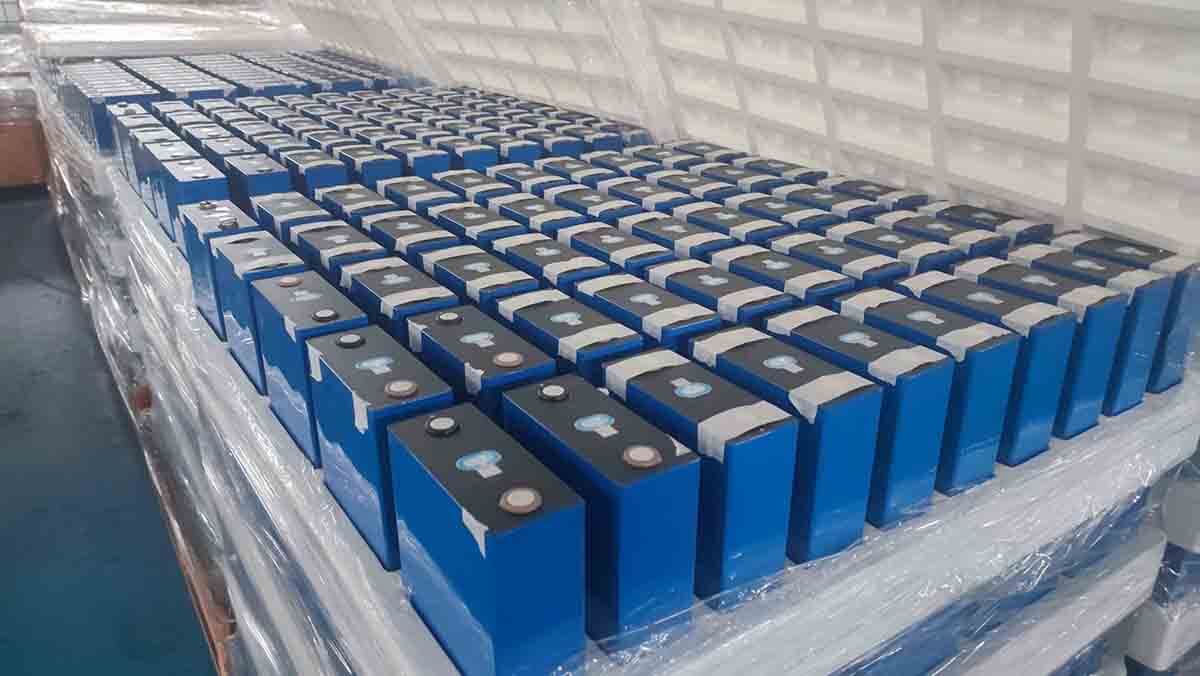
On the other hand, if you anticipate periods of extended non-use (30 days or more), you should fully charge your battery before storing it. This will help prolong its life cycle and reduce the risk of degradation due to long-term low-voltage conditions.
Furthermore, you may also want to consider investing in a quality charger specifically designed for LiFePO4 batteries. These chargers tend to be better suited for these types of batteries because they provide higher accuracy when monitoring the state of charge than other types of chargers do.
Ultimately, proper storage requirements can go a long way toward boosting your LiFePO4 battery performance over time. Taking the time now to understand and meet those needs is essential for maintaining an optimal level of power output and longevity with your device.
Charging Requirements
"You can't manage what you don't measure," is an adage that holds true when it comes to battery performance. To ensure proper charging of a LiFePo4 battery, the user should be aware of and adhere to certain requirements.
First and foremost, fast charging must always be avoided. This type of charging may lead to overvoltage which can damage cells or even cause a fire in extreme cases. Instead, low-voltage constant current charging is preferred for optimal results.
Second, Charging cycles also need to be monitored as this determines how much charge has been put into the cell during each cycle. A suitable charge rate should also be determined based on the amount of energy stored in the cells prior to recharging them. If possible, regulation circuits should also be installed for additional protection against surges and other potentially damaging conditions.

Battery performance depends greatly on following best practices with regard to charging requirements; neglecting these will result in decreased lifespan and capacity of your LiFepo4 batteries.
Understanding basic principles such as those outlined here goes a long way toward achieving maximum efficiency from your power source while avoiding potential hazards associated with improper charging techniques.
Discharging Requirements
Now that we have discussed the charging requirements for optimal performance of your LiFePO4 battery, let's move on to discharging. Discharging is the process of using energy stored in the battery; it requires special attention as it can cause damage if done incorrectly.
The following table outlines the recommended discharge rates and cycle times that should be followed when utilizing a LiFePO4 battery:
| Discharge Rate (A) | Cycle Time (min) | Safety Procedure |
|---|---|---|
| 1-3 | 15 | Charge Immediately |
| 3-5 | 10 | Stop Using Battery |
| > 5 | 3 | Discard Battery |
To ensure safety while discharging your LiFePO4 battery, follow these steps:
Firstly, keep an eye on temperature changes during use - any sudden increase could indicate an issue with the system or cell.
Secondly, monitor voltage levels regularly throughout each cycle.
Lastly, pay close attention to the current draw and always disconnect from the load when not needed. These precautions will help you avoid overloading the cells, which can lead to dangerous situations such as fire hazards or explosions.

When carrying out maintenance and replacing parts on a LiFePO4 battery, remember to also check its discharging capabilities by running tests according to the manufacturer’s guidelines. This allows you to identify any anomalies before they become more serious problems and helps extend the lifespan of your investment.
As with all batteries, regular inspection and testing are critical for ensuring safe operation so make sure you take time to do this correctly! By following these simple yet effective procedures for discharging your LiFePO4 battery safely and efficiently, you can rest assured knowing that your power source will provide reliable service for many years to come.
Balancing Cells
Balancing cells is a critical component of lifepo4 battery performance. It’s like baking a cake; if your ingredients are not perfectly balanced, you won't get the desired results. The same holds true for batteries—if they are not properly balanced, they will suffer from reduced capacity and shorter life cycles.
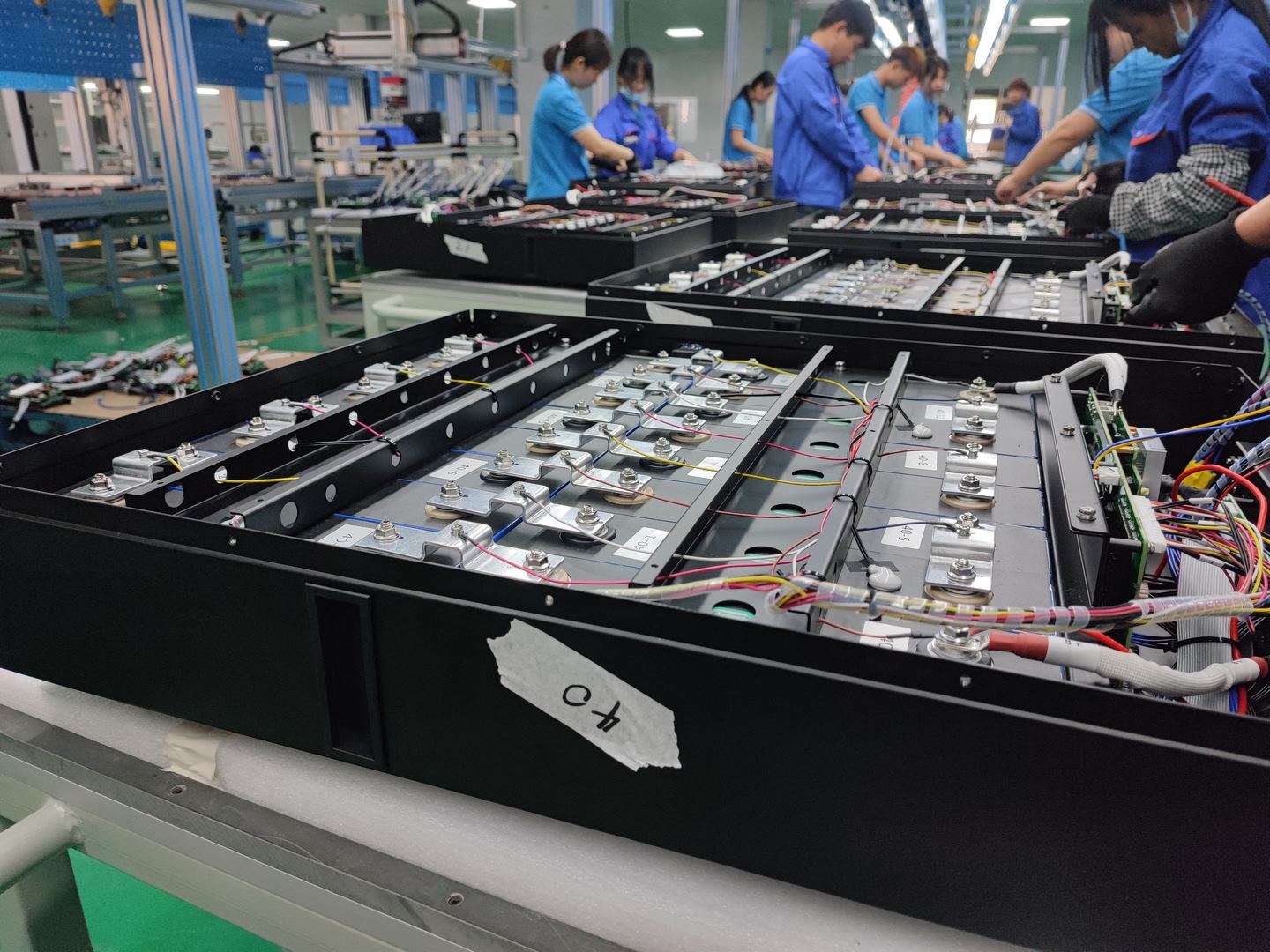
Cell balancing can be done manually or automatically with specialized equipment known as “balancers which monitor each cell in a battery pack and adjust the charge accordingly to ensure optimal performance. Balancing techniques range from passive methods such as shunting (connecting cells together) to active methods such as pulse charging (applying short bursts of current). Here is an overview of some common balancing techniques:
- Shunting - Connecting multiple cells in series so that the voltage across them balances out over time.
- Pulse Charging - Applying short pulses of current to equalize cell voltages without causing any damage to the cells.
- Voltage Sensors - Installing sensors on each cell that measure their individual voltages and then control the charge/discharge currents accordingly.
- Cell Management Systems(BMS) - Integrated systems designed specifically for controlling and monitoring lifepo4 cells in order to maximize their longevity and performance.
It's important to note that while these techniques are effective at improving battery performance, they all require careful attention when setting up and managing them—which is why it pays to have experienced professionals take care of this task for you. With proper cell management practices in place, you can leverage your lifepo4 battery packs to their fullest potential.
Maintaining The BMS System
Maintaining the BMS system is a key component of optimizing lithium-ion battery performance. A well-maintained BMS system will ensure that your LiFePO4 battery remains in peak condition, ensuring maximum power output and range.
To properly maintain your BMS system, you'll need to monitor the voltage levels of individual cells within the battery pack and note any changes in temperature or current. This allows you to identify potential issues before they become more serious problems.
It's also important to periodically check connections between each cell and its corresponding monitoring point on the BMS board. If these connections are loose, it can lead to inaccurate readings from the BMS which could result in decreased performance or potentially dangerous conditions. Additionally, make sure all wiring connected to the system is free of corrosion and damage as this can cause short circuits or other malfunctions.
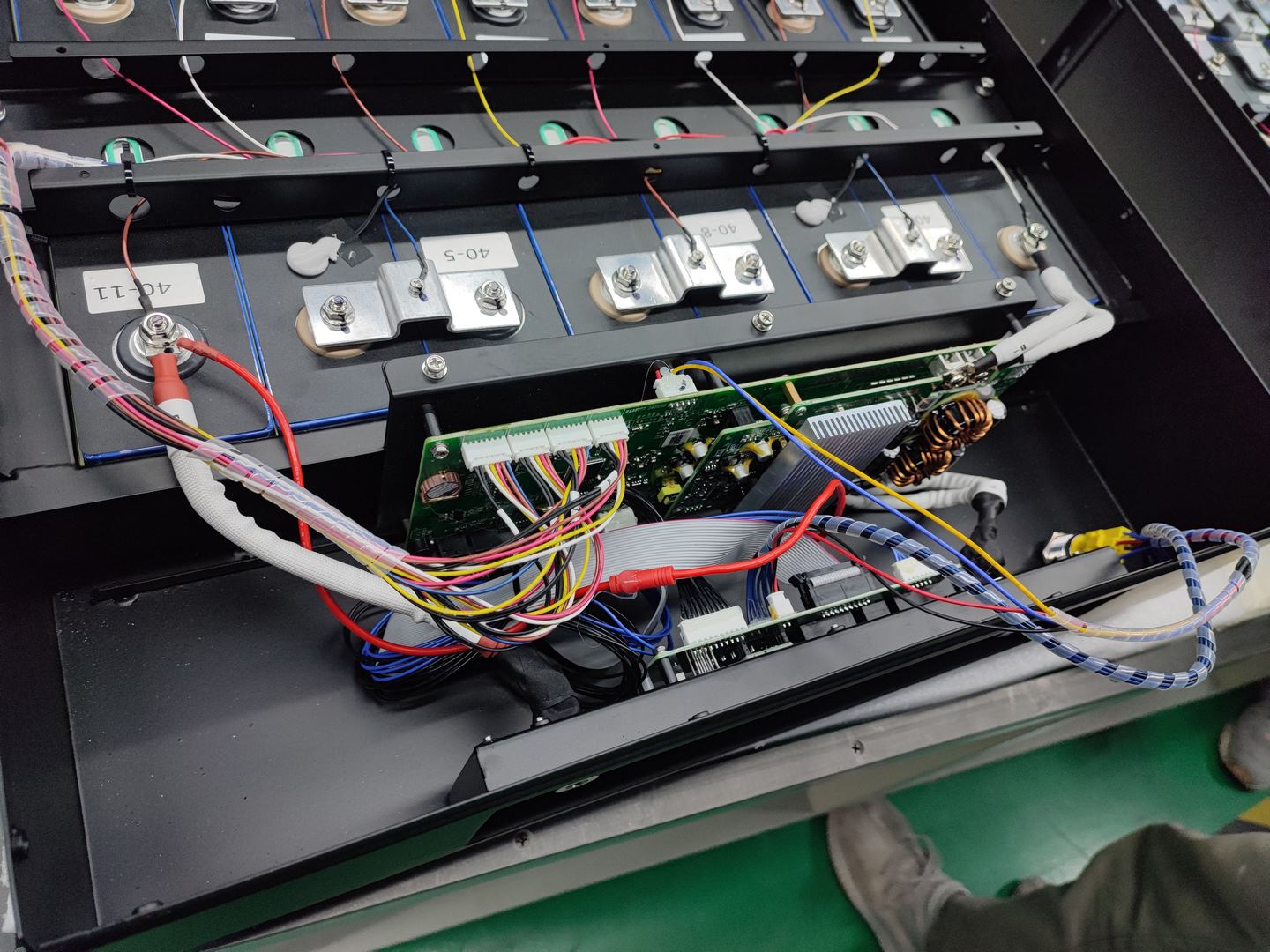
Finally, keep an eye out for any new software updates released by your manufacturer for your specific model of LiFePO4 batteries. These updates may contain bug fixes and additional features designed to further improve the safety and efficiency of your electric vehicle setup. Staying up-to-date with these updates ensures that you're getting optimal performance from your LiFePO4 battery at all times.
Troubleshooting Tips
Now that you've learned the basics of maintaining your BMS system, let's look at troubleshooting tips for optimizing your LiFePO4 battery performance. To help diagnose and repair any issues with your battery, it is important to have a thorough understanding of various battery error codes and diagnostic tools.
Below is a table outlining some common methods used by veteran engineers in order to properly diagnose and maintain their batteries:
| Battery Testing Methods | Battery Error Codes | Battery Diagnostic Tools |
|---|---|---|
| Voltage Test | E0-E7 | Digital Multimeters |
| Capacity Test | P01-P99 | Oscilloscopes |
| Resistance Test | C00-CFF | Automotive Scanners |
| Load Test | F00-FZZ | Current Meters |
Armed with these testing methods, error codes, and diagnostic tools, you can now begin to analyze and understand any potential problems or abnormalities arising from your LiFePO4 battery system.
Additionally, there are several preventative maintenance measures that should be taken regularly to ensure optimal performance. These include inspecting all terminals for signs of corrosion; checking voltage levels on each cell group; testing the state of charge (SOC) level; monitoring temperature sensors; verifying proper operation of circuit protection devices; and replacing old/worn parts as needed.
By following these simple steps, you will achieve maximum efficiency from your LiFePO4 battery system over its lifespan.
Temperature Considerations
Temperature is a crucial consideration when optimizing the performance of any lifepo4 battery. To get the most out of your battery, it's important to understand how temperature can affect charging and discharging rates, storage capacity, and overall lifespan.

When storing or charging lithium-ion batteries, it's essential to keep them within an ideal range of temperatures. Generally speaking, this should be between 0°C and 45°C (32°F - 113°F). Going above these recommended levels can cause permanent damage to your battery over time, while going below may reduce its efficiency.
It's also worth noting that extreme lows or highs can cause thermal runaway in some cases so if you're using a high-capacity cell in cold weather conditions, consider increasing the charge rate by up to 10%.
For optimal discharge performance, it’s best to keep the temperature between 15°C and 25°C (59°F - 77°F). Temperature variations beyond those limits will have a negative impact on voltage retention. In particular, warm temperatures tend to increase self-discharge rates significantly meaning more frequent recharges are required for optimum performance.
On the other hand, extremely low temperatures can inhibit chemical reactions necessary for proper operation.
To ensure peak performance from your lifepo4 battery at all times, closely monitor changes in temperature during both storage and usage cycles. Make sure not to exceed manufacturer specifications when storing or operating in varying climates; doing so could lead to irreparable damages down the road.
Taking care with temperature management from day one is key for maximizing the full potential of your power source.
Replacing Components
Replacing components in a LiFePO4 battery pack can be one of the most powerful tools for optimizing performance. It is important to understand which parts should be replaced, and when. If done correctly, replacing worn or damaged components can help reduce the risk of failure and extend the life of your battery pack.
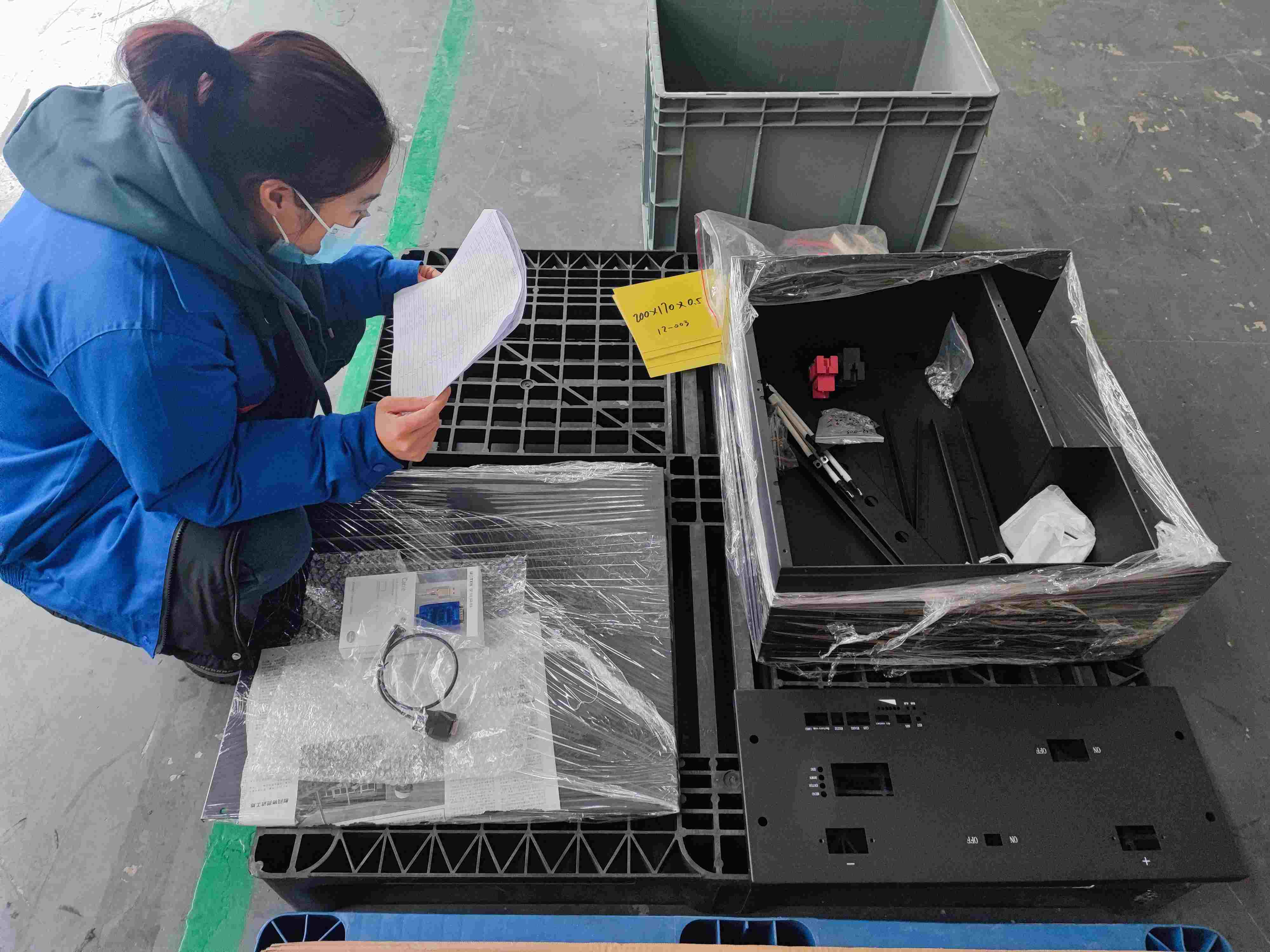
The first step in successfully replacing any component is to identify what needs to be changed. This will involve inspecting each individual cell within the pack and looking for signs of wear and tear that could affect its performance. The next step is to decide on an appropriate replacement part.
Look at both quality and compatibility with other parts before making a final decision; this way you can ensure optimal performance from your new components.
Finally, installation must follow manufacturer guidelines carefully so as not to damage your battery pack or put it under unnecessary strain. Always use caution when handling these types of batteries, as they contain hazardous materials if mishandled or used incorrectly. Taking all necessary safety measures while replacing your LiFePO4 battery's components will result in optimized performance every time!
Protecting Against Overcharging And Over discharging
Protecting a LiFePO4 battery from overcharging and over-discharge is crucial for optimal performance. Proper monitoring systems are essential to prevent damage that could be caused by either of these conditions.
The first step in protecting the battery is implementing an overcharge protection system. This system monitors the voltage across each cell and shuts off charging when it reaches its maximum level, preventing any further rises in voltage. To avoid the possibility of an overcharge condition, make sure your charger has this feature enabled.
Additionally, you should periodically check the charge levels with a multimeter or voltmeter to ensure they remain within acceptable ranges.

Overdischarge can also cause serious damage to batteries if left unchecked. If a cell’s voltage drops below its minimum recommended value, irreversible damage will occur quickly. It's important to have safeguards against this as well; many chargers come with low-voltage cutoff features which will shut down the power supply when the cells reach their critical discharge point.
Utilizing such measures can help protect your battery from unnecessary harm and extend its life significantly.
By following these guidelines and using reliable monitoring equipment, you can rest assured that your LiFePO4 battery won't suffer due to excessive charge or discharge levels—giving you peace of mind and control over how long it lasts.
Reconditioning Techniques
Reconditioning your lithium-ion battery is a critical step in ensuring optimal performance and longevity. As such, it’s important to understand the various reconditioning techniques that can be used.
The first method of reconditioning is battery reconditioning, which involves restoring the capacity of a drained or partially charged battery through cycling and recharging. This process helps to remove any buildup of sulfate crystals and other materials that accumulate on the plates over time. (Read how to repair the battery pack)
The second method is called battery rejuvenation and involves applying an electrical current to reactivate the chemistry inside the cell and restore its full capacity. This technique requires special equipment and expertise but can result in improved performance compared to just regular charging cycles.
Finally, there are also several mechanical methods of reconditioning available such as replacing worn-out parts, cleaning connectors, etc., which can help improve efficiency and extend lifespan.
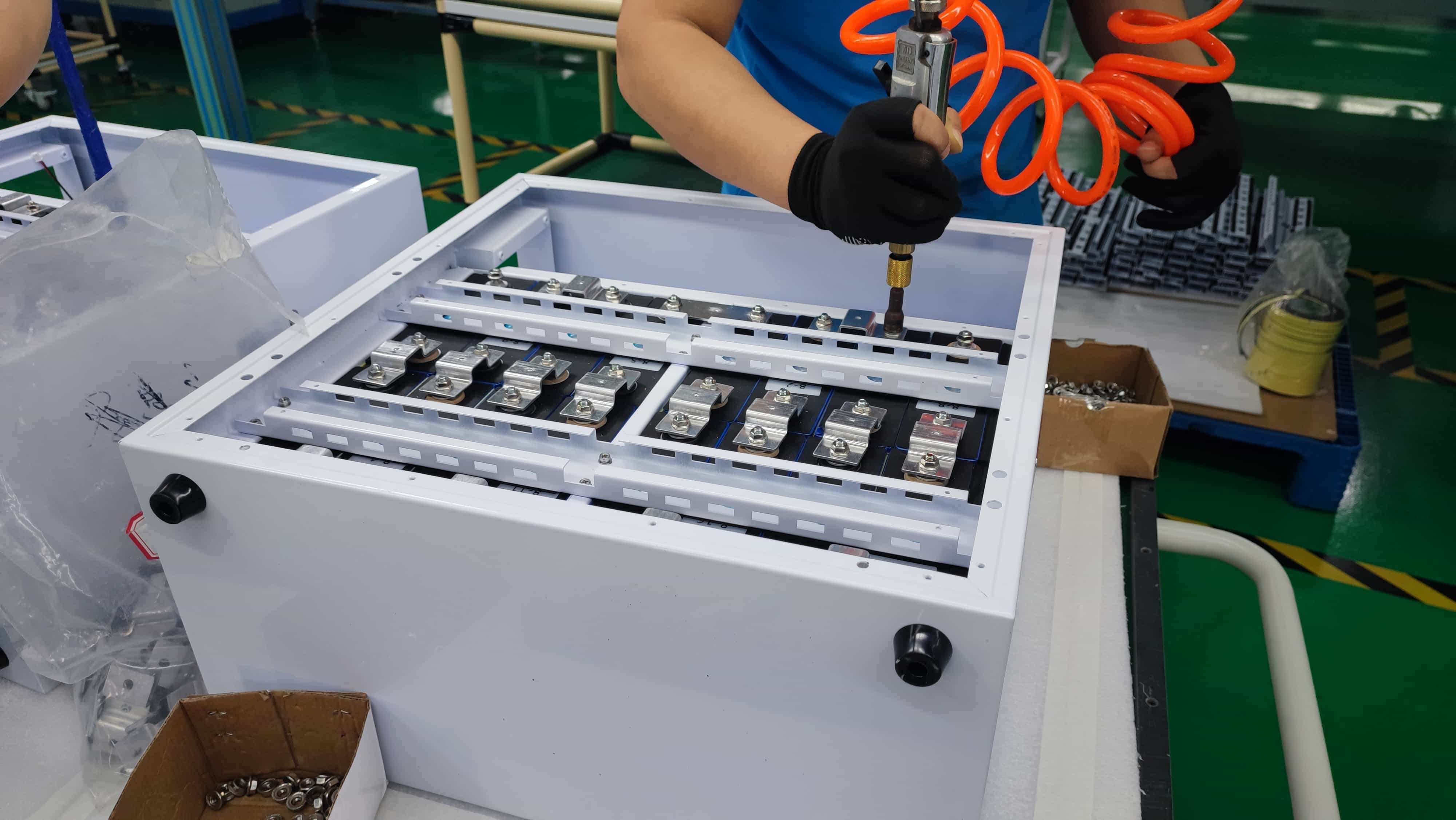
No matter what type of batteries you use—whether they're LiFePO4 or another chemistry—it's essential to follow proper reconditioning procedures for the best results. Doing so will ensure maximum power output from your batteries while minimizing their wear and tear over time.
Don't forget: Regular maintenance is key! Properly caring for your rechargeable cells now could save you money down the line by extending their life cycle significantly—so make sure you take advantage of all available reconditioning methods today.
Selecting The Right Battery Pack
When it comes to optimizing lifepo4 battery performance, selecting the right battery pack is key. A well-suited battery pack can not only deliver peak performance but also ensure a longer lifespan for your batteries. Here are some considerations when selecting the best option for you:
Battery Chemistry
- Look for lithium iron phosphate (LiFePO4) chemistry as this offers superior safety, improved power delivery and longevity compared to other chemistries like lead acid or NiCad options.
- Make sure the cells in the battery have been tested and certified by reputable manufacturers with good quality control practices. This ensures that they meet all applicable temperature requirements and have undergone rigorous reconditioning techniques.
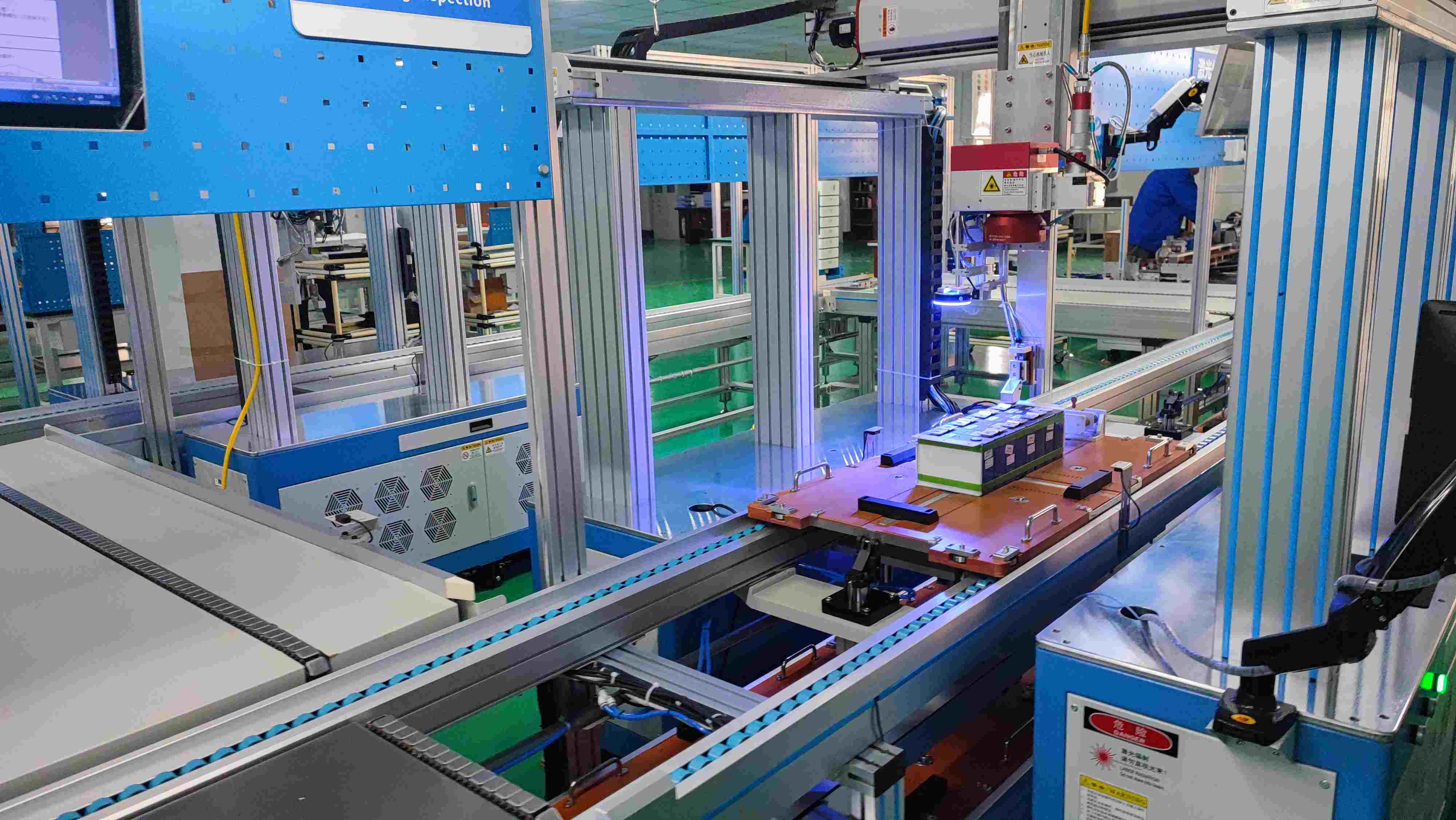
Capacity Ratings
- Choose a capacity rating that meets your specific needs as this will determine how long each cycle of charging and discharging lasts before needing a recharge.
- Check the manufacturer’s documentation to verify that the stated capacity ratings are accurate, reliable and consistent over time so you don’t get caught short during use.
Environmental Factors & Safety Features
- Ensure that any chosen battery packs are designed to handle extreme temperatures both hot and cold without compromising their structural integrity or overall performance capabilities.
- Buy from trusted brands which incorporate safety features such as overload protection, voltage monitoring systems and fuse cutoffs into their designs these can help prevent damage due to incorrect usage or sudden failure events.
By considering all these factors carefully when choosing a LiFePo4 battery pack, you can maximize its efficiency, and reliability and ultimately optimize its performance for whatever application you need it for.
Safety Measures
As a battery performance engineer, safety measures are essential when working with LiFePO4 batteries. One statistic that stands out is the fact that over 80% of all reported cases involving LiFePO4 batteries have been due to improper use and lack of safety precautions. This highlights the importance of taking precautionary steps to ensure your LiFePO4 battery remains safe in all circumstances.
When it comes to protecting your LiFePO4 battery, there are several key components you should be aware of:
- Always make sure your charger has an automatic overcharging protection feature which will shut off power if the voltage reaches too high levels.
- Never discharge your battery below 2V per cell as this can cause permanent damage and reduce its lifespan significantly.
- Avoid prolonged exposure to extreme temperatures both hot and cold and try to keep it within 0-40°C for optimal performance.

To sum up, taking preventative measures is paramount when dealing with LiFePO4 batteries as they require careful handling and maintenance for them to reach their full potential. Taking these safety steps into consideration helps to guarantee reliable operation without compromising on performance or longevity.
Conclusion
In conclusion, LiFePO4 batteries offer advantages that make them an ideal choice for powering your electronics. As a battery performance engineer, I want to remind you of the importance of taking proper care of LiFePO4 batteries in order to maximize their potential and longevity.
Remember to store them according to manufacturer instructions, charge regularly using the correct voltage and current settings, protect against overcharging/over-discharging and recondition as needed.
Selecting the right pack size is also crucial it should meet your needs without being too large or small.
Finally, safety must always be kept as top priority when dealing with these powerful energy sources. With careful handling and regular maintenance, your LiFePO4 battery can provide reliable power for years to come!
